Portrait photography or portraiture is a photography of a person or group of people, shows their personality, and mood. Like other types of portraiture, the focus of the photograph is often the person's face, however the body and background may be included as well. Portrait photographs have been made since the invention of the camera. The low cost of the ''daguerreotype'' (a photograph taken by an early process) in the middle of the 19th century. This led to a rise in the popularity of portrait photography, therefore the amount of painted portraitures has decreased, as more people were able to buy a camera or take a photograph by a professional. The style of these works reflected the long exposure. Objects were often seated in front of plain backgrounds and set with the soft light of a window. Photographic equipment and techniques developed, gave photographers the ability to capture images with shorter exposure, which also helped them to take pictures outside the studio.
Painting:In the past, people (mostly the ones who could afford it so the rich and famous) didn't use photography but captured the moment using paint. It takes a very long while to paint a portrait, but then again, the artists (back then and today) are experts and they can make quality portrait paintings in not such a long amount of time. Photography has been influenced by painted portrait's.
 Photography:1827: Portrait photography was invented by a Frenchman Joseph Nicephore Niepce, first ever portrait photographer, successfully set an image onto a metal plate.
Photography:1827: Portrait photography was invented by a Frenchman Joseph Nicephore Niepce, first ever portrait photographer, successfully set an image onto a metal plate.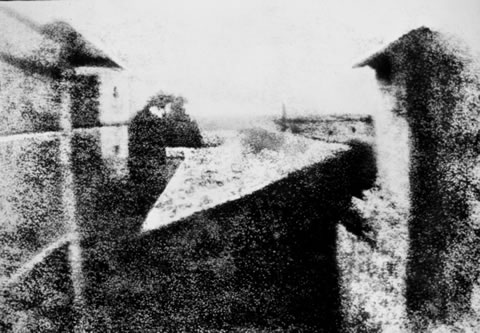
World's first photograph by Joseph Nicephore Niepce, called ''View from the window at Le Gras''. 1826. It certainly was a long process as the exposure time lasted for about 8 hours. You can clearly see the difference between that first photograph and the ones from the XXI century. For example, the one above is increadibly blury, its black and white, and you cant really spot anything on it. However, the tone which has been captured has caused the shapes to stand out a bit.
1839: Robert Cornelius, a Dutch chemist who immigrated to Philadelphia, took a daguerreotype (photographic proccess) portrait of himself outside of his family's store and made history as he made the world's first human photograph. It;s noticable how the portrait is old, as again it does not have any colours in it, and it's also not that clear. The portrait is a bit underexposed, and therefore you can see Cornelius in it, but again he's not clear.
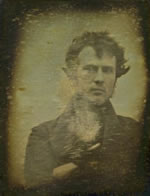
1839: Dorothy Catherine Draper, sister of NYU professor John Draper and model for the first daguerreotype portrait of a woman in the United States. She was the first woman to be photographed with her eyes open. A black and white portraiture, overexposed from right, unexposed from left, implying the technology was not so good still, however she is clear, as the viewer is able to notice her face, clothes and background. Showing the photographic technology and structure is slowly begining to deveop.
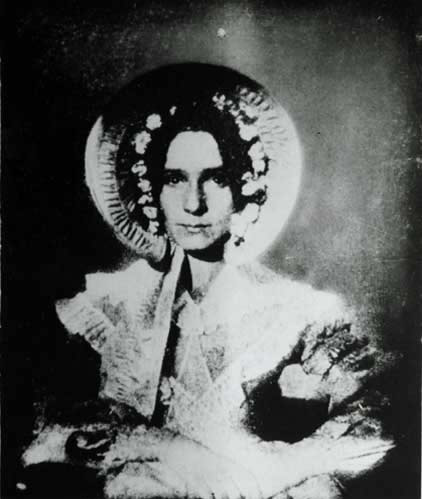
1844: Photography made it's course to China.
1855: George Eastman created a paper film.
1858: Henry Peach Robinson made the world's first photomontage.
Robinson's first and most famous composite photo, called "Fading Away". It shows a girl dying of consumption. Here on the other hand, comparing to Dorothy Catherin Draper's portraiture, the picture in not black and white but captured in a style called sepia, in which the tone is far more noticable than in black and white.
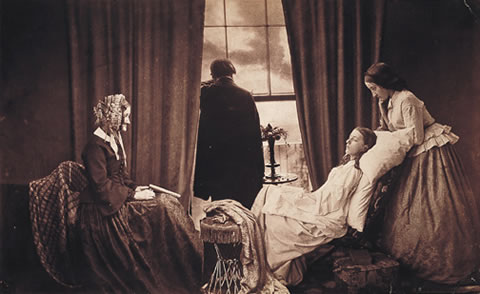
1872: The oldest known color photograph was taken by Louis Ducos du Hauron in 1872. The photo is of a view of Angouleme in Southern France. This image does not show such vibrant colours as cameras do now, however it does show mainly green, yellow and a bit of blue and pink in the sky, but not much. This gave the photograph more meaning, eye catchy and certainly interesting for the viewer.
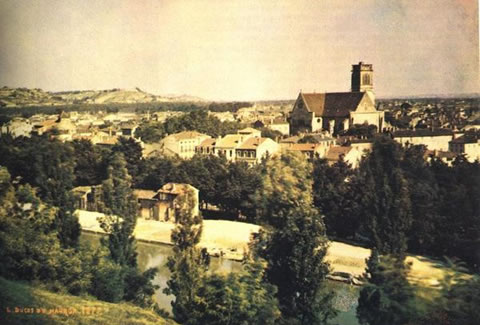
1872: Eadweard Muybridge, a British photographer. He has arranged 12 cameras alongside a race track and attached a string to the camera switches across the track. When the horse ran through the string, it triggered the shot. The series of photographs showed that indeed, all four hooves leave the ground when the horse is in full gallop. Muybridge went on to develop techniques to photograph motion of people and animal. Even though coloured photographs were available those times, a photograph motion was still created in black and white because the technology was not developed or purposed to capture a photographs motion in colour.
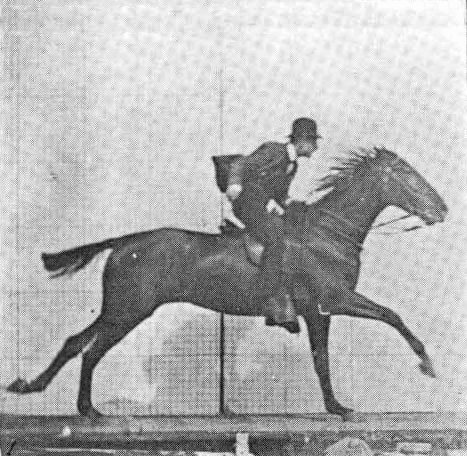
1889: Eastman invented the more recognisable celluloid film. His first camera, a box shaped contraption with a fixed focus lens, one shutter speed, was called a Kodak. It was the first to be affordable to please the consumer. Unlike the digital ones used by today’s portrait photographer, the Kodak was sold loaded with 100 exposure films. Later on it was sent to the factory for developing and reloading.
1893: The first underwater camera system was developed by French scientist Louis Boutan. Again, because this is the first image, it came out blury, in black and white and also overexposed. This could be seful for underwater poirtrature as many people love water, taking pictures for themselves or for a project perhaps or new inventions, it's very essential to those people to have one of those.
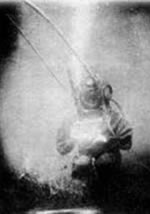
1900: Several Kodak models were available.
1900: George R. Lawrence built this mammoth 900 lb. camera, then the world's largest, for $5,000 (enough to capture a large house) It took 15 men to move and operate the gigantic camera. The largest camera, perhaps the size of it was either meant to interest people, get their attention, make them become interested in photography to raise the amount of cameras actually being bought. On the other hand, they might of not cared much for the media or selling, but the focus of the photograph or the amount that fits in. Pretty useful for poirtrature as this camera would capture a large group of people in it.
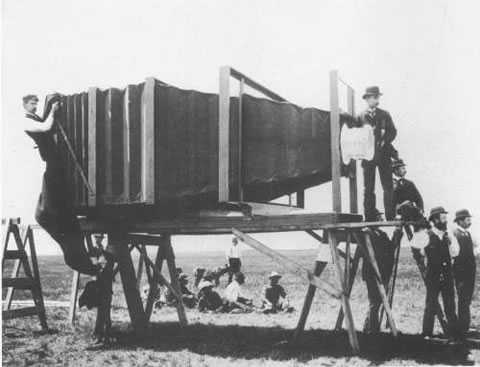
1904: Edward Steichen's photo of a pond in Long Island, New York. This rare print has set the world record for most expensive photograph, sold for $2.9 million in February 2006. Such prints are also useful in portraiture as a background, now backgrounds are also counted in terms of portraiture, because foreground, middleground and background are equally significant.
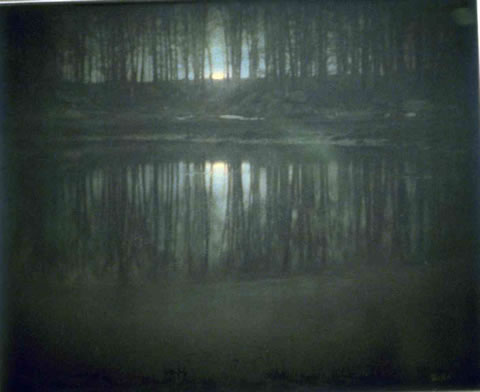
1918: Photographers Arthur S. Mole and John D. Thomas took a photograph of 30,000 military officers and men at Camp Custer, Michigan. A special 70 foot tower was built for this. Mole and Thomas actually specialized in taking these types of photographs as they took a total of 10 photos where thousands of soldiers were posed to form giant, living, symbols of the USA. This style on the other hand is not useful in portraiture as you can't see the peoples faces, however if the photographer is inspirational and creative, they might perhaps create a portrait out of all those people, standing still. This could be pretty useful.
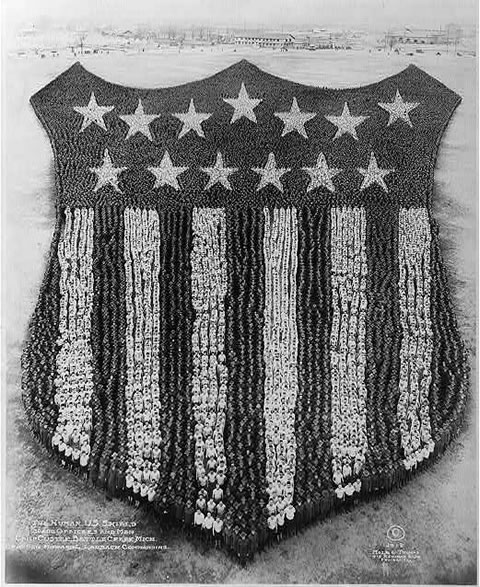
Photographic portrait have changed over time.
Portraiture is changing over time because of the development of the technology. For example cameras now catch exactly what the photographer sees, computers help to change the photograph, often by editing. Such as the picture below, shows clearly that the portrait has been edited as the girls eyes are unnatural, because of the colour, plus her skin is too brightened as well as her hair. This image is simply unnatural.
However, this image is completely different for the one above. The colours are not so vibrant or bright, but it has that mat colour, as it's clear to see that the picture is natural and not edited.
Furthermore, in cause of that, portraiture has changed over time because now we have more options, to keep the image just the way it was taken, to edit it, make it black and white ect. The form of an image changed as well as now pictures are clear, give all the detail you require or want, give the options you need, use the amount of light as much as you want. It all has developed over time. Before in 1827, it was impossible to do so.
Thanks for sharing your blog it is very interesting and the photos are amazing. But I want to give you a suggestion that you go to the Waldorf Photographic Art website because there are different types of photoshoots here. For more information, you can visit here:-top portrait photographers knoxville tn
ReplyDeleteWedding Photographers Knoxville tn
Thank you for sharing this information. It was helpful. I have old photos and daguerreotypes of my ancestors. I've been trying to determine when they may have been taken, so that I can determine who might be in the photograph. Most of the oldest one have no labeling.
ReplyDelete